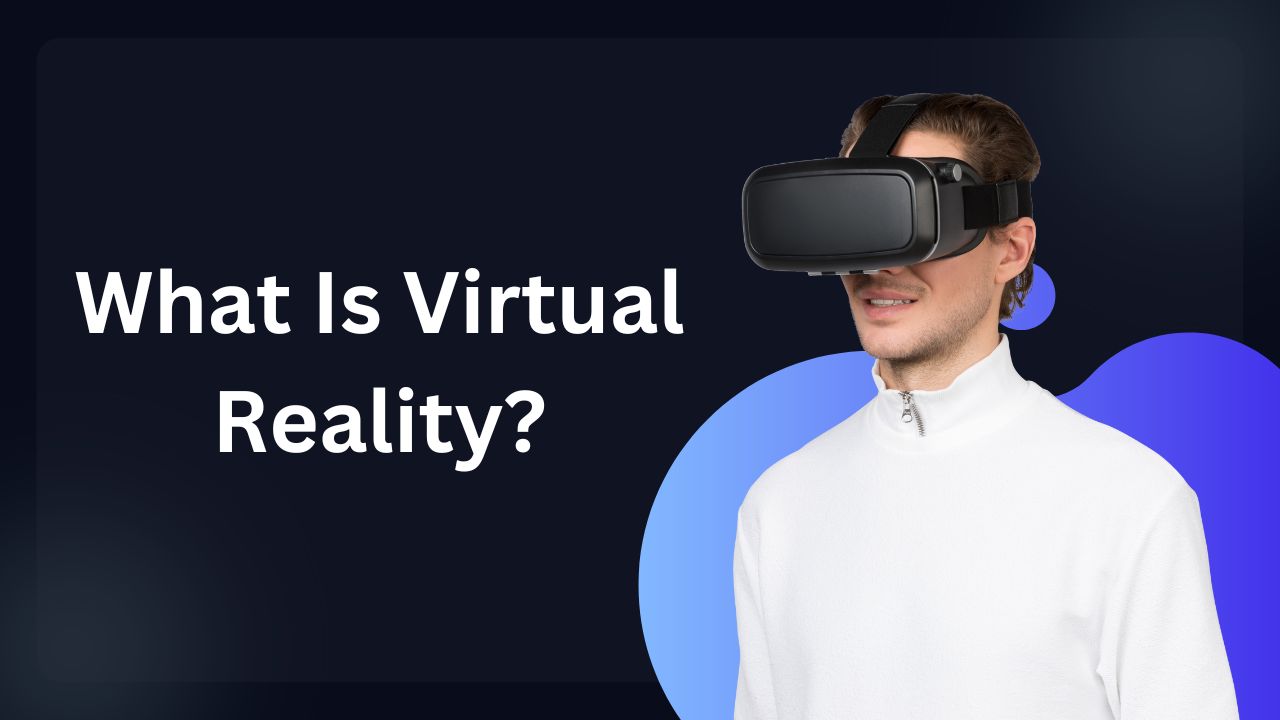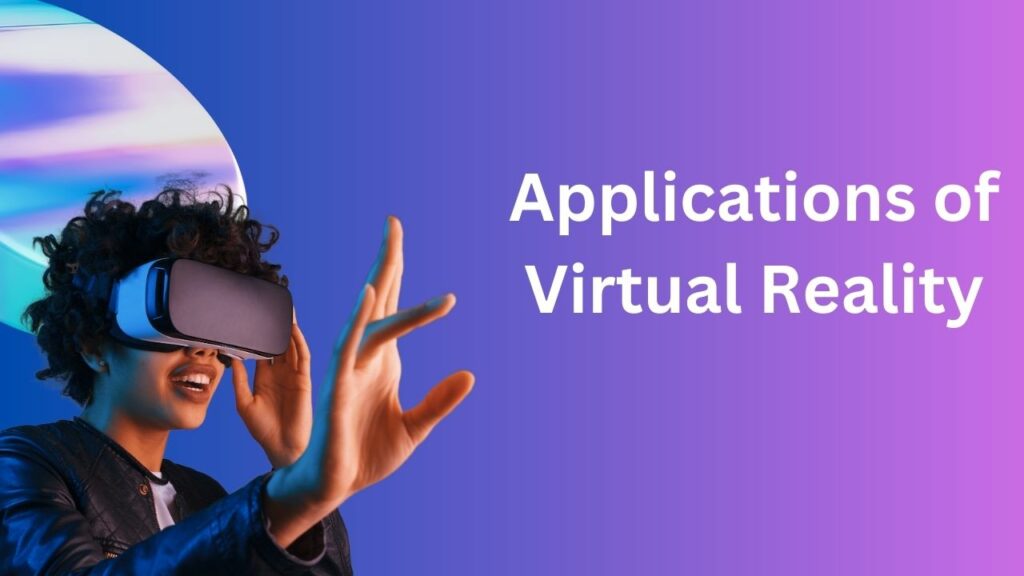In recent years, virtual reality (VR) has emerged as one of the most exciting and rapidly advancing technologies. It has transformed the way we interact with computers and opened up new possibilities in various fields, from entertainment and gaming to education and healthcare.
This article will provide an in-depth exploration of virtual reality, covering its definition, history, technology, applications, and future prospects.
Defining Virtual Reality
Virtual reality refers to a simulated experience that can be similar to or completely different from the real world. It typically involves the use of computer technology and specialized equipment, such as headsets or goggles, to create an immersive and interactive environment.
Users can explore and interact with this digital realm as if they were physically present within it.
Brief History of Virtual Reality
While virtual reality has gained significant attention in recent years, its roots can be traced back to the mid-20th century. In the 1950s, Morton Heilig invented the Sensorama, a machine that offered a multisensory experience by stimulating the user’s senses of sight, hearing, smell, and touch. In the 1960s, Ivan Sutherland developed the first head-mounted display (HMD), known as “The Sword of Damocles,” which laid the foundation for modern VR technology.
The term “virtual reality” was coined by Jaron Lanier in the 1980s when he founded VPL Research, a company that developed VR-related devices and software. However, it wasn’t until the 1990s that virtual reality started gaining popularity, with advancements in computer graphics and affordable hardware.
The Technology Behind Virtual Reality
Virtual reality relies on several key technologies to create a convincing and immersive experience. These technologies include:
Headsets and Displays: VR headsets are the primary hardware used to deliver virtual reality experiences. They typically consist of a high-resolution display divided into two separate screens, one for each eye, to create a stereoscopic effect. These displays are often combined with lenses to enhance the field of view and minimize distortions.
Tracking Systems: To track the user’s movements in real-time, VR systems utilize various tracking technologies. These can include external sensors placed in the environment or built-in sensors within the headset. The tracking systems accurately capture the user’s position and orientation, allowing them to move and interact within the virtual environment.
Input Devices: Interacting with virtual reality environments requires specialized input devices. These can range from simple handheld controllers to more advanced solutions like data gloves or full-body motion tracking systems. These input devices enable users to manipulate objects, navigate virtual spaces, and engage with the virtual world.
Computer Graphics: Realistic and immersive visual experiences are made possible through sophisticated computer graphics techniques. High-quality rendering, shading, and texture mapping are employed to create detailed and lifelike virtual environments. Advancements in graphics processing units (GPUs) have significantly contributed to the realism and fluidity of VR visuals.
Applications of Virtual Reality
Virtual reality has found applications in various industries, revolutionizing the way we interact with digital content. Some notable areas where VR is making a significant impact include:
Gaming and Entertainment: VR gaming has gained widespread popularity, allowing players to immerse themselves in virtual worlds and experience gameplay like never before. VR also extends beyond gaming, with applications in virtual concerts, immersive storytelling, and virtual theme park experiences.
Training and Education: Virtual reality has immense potential in training and education. It enables students and professionals to practice complex tasks in a safe and controlled environment. VR simulations are being used in fields such as aviation, medicine, military training, and architecture, providing realistic training experiences without the risks associated with real-world scenarios.
Healthcare and Therapy: Virtual reality is being increasingly utilized in healthcare for diagnostic purposes, surgical planning, and patient rehabilitation. It can also be employed as a therapeutic tool to treat anxiety disorders, phobias, and post-traumatic stress disorder (PTSD).
Architecture and Design: VR allows architects and designers to visualize and explore their creations before they are built. Virtual walkthroughs of architectural designs provide a realistic sense of scale, materials, and lighting, helping professionals make informed decisions and obtain client feedback.
The Future of Virtual Reality
The future of virtual reality looks promising, with ongoing advancements in technology and increasing adoption across various industries. Some potential developments that we can expect in the coming years include:
Wireless and Standalone Devices: Current VR systems often require tethering to powerful computers. However, future advancements will likely lead to wireless and standalone devices that offer freedom of movement and ease of use. This will make VR more accessible and convenient for users.
Haptic Feedback and Sensory Integration: To enhance the immersion and realism of virtual reality, there is a growing focus on haptic feedback technologies. These technologies will provide users with a sense of touch and enable them to feel virtual objects. Furthermore, incorporating other sensory inputs, such as smell and temperature, will further enhance the immersive experience.
Social Interaction and Collaboration: Virtual reality has the potential to bring people together in virtual spaces, enabling remote collaboration and social interactions. With the advancement of avatars and realistic representations, users will be able to communicate, work, and socialize in shared virtual environments.
Medical and Therapeutic Applications: Virtual reality will continue to play a crucial role in healthcare and therapy. As the technology improves, it will aid in pain management, mental health treatments, and even telemedicine, allowing patients to consult with healthcare professionals remotely.
Conclusion
Virtual reality has come a long way since its inception, and its applications and potential continue to expand. As technology becomes more accessible and affordable, we can expect to see virtual reality integrated into our daily lives in exciting and transformative ways.
From immersive gaming experiences to innovative training simulations and medical breakthroughs, virtual reality is poised to shape the future of how we interact with the digital world.

